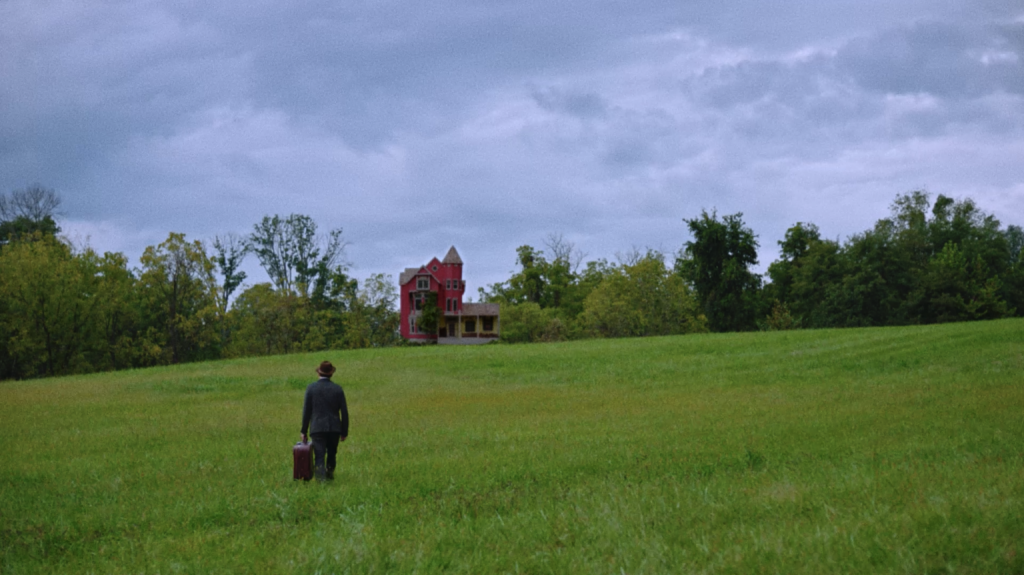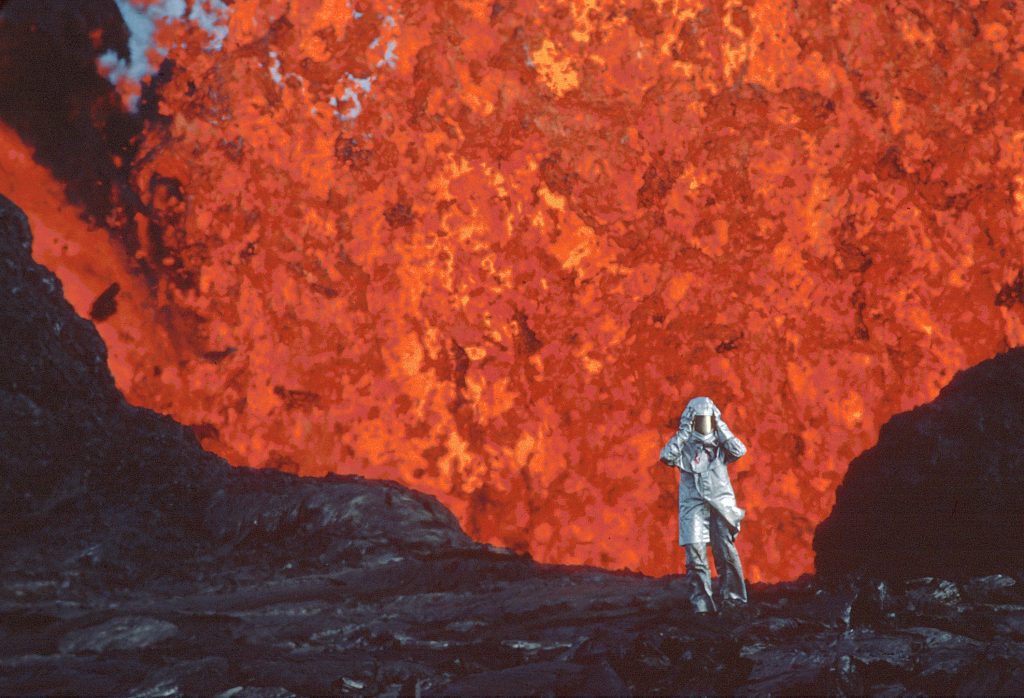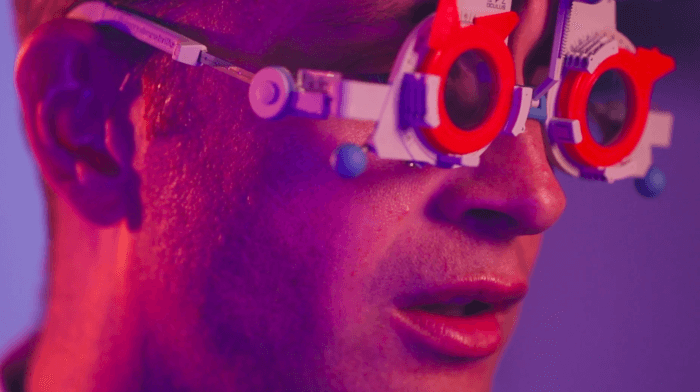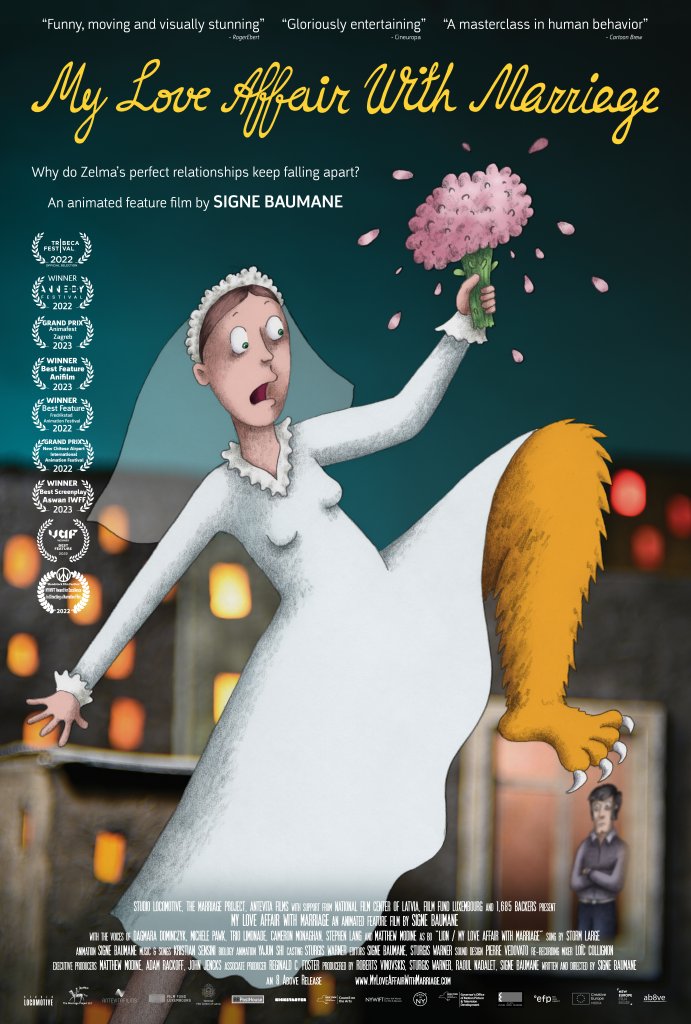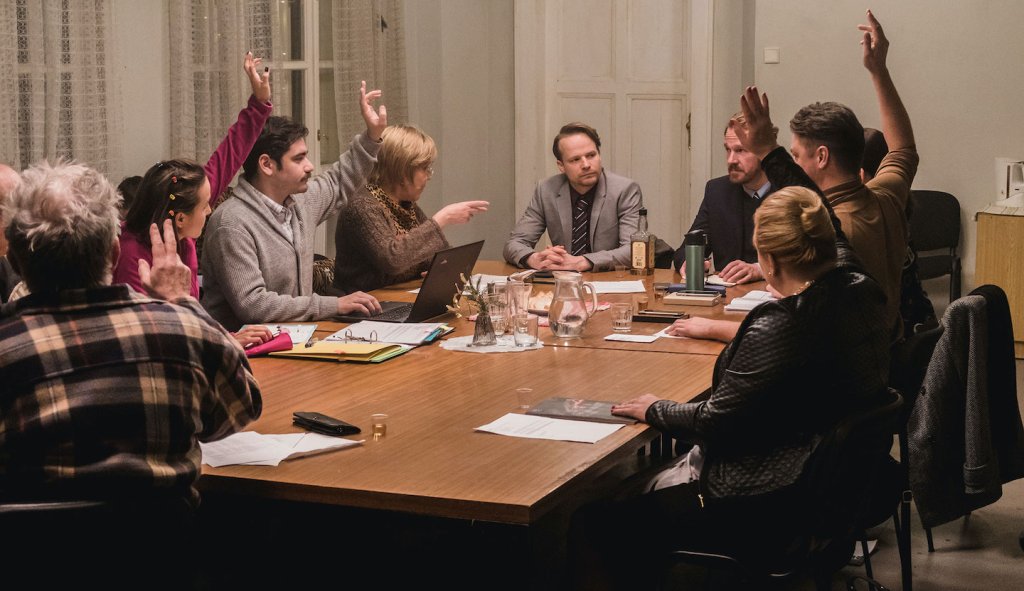Blackheads: A New Film by Emily Ann Hoffman
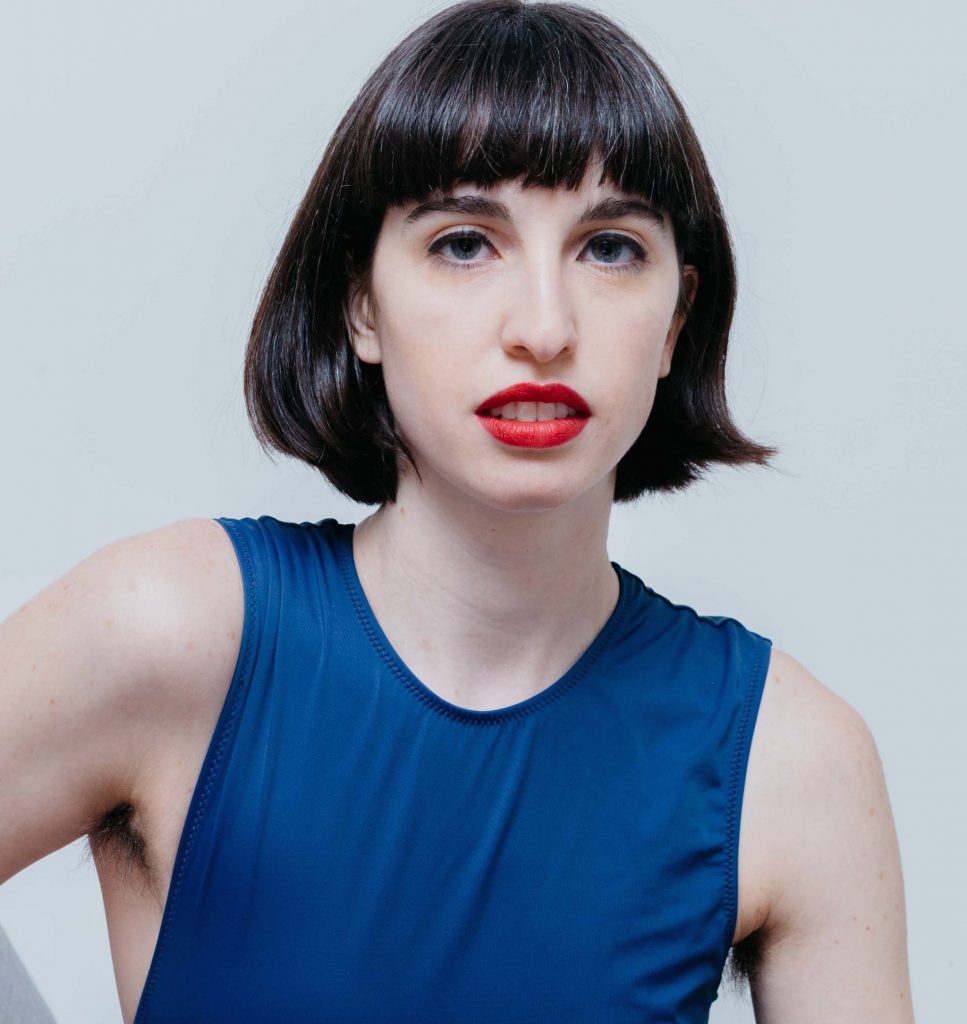
Bad therapy, heartbreak, blackheads. These are just some of the swirling emotions that protagonist Sofia deals with in Blackheads, the latest stop-motion 2D short film from celebrated filmmaker Emily Ann Hoffman. Told through a winding narrative, the film follows Sofia’s thoughts as she attempts to reconcile her demons and her dermis. The film was slated as an Official Selection for SXSW 2020, before the coronavirus pandemic was even a thought. Even so, Hoffman’s film has screened at the Atlanta Film Festival, the GLAS Animation Festival and the Montclair Film Festival and is now available in its entirety thanks to a collaboration between MailChimp and SXSW 2020 Shorts.
For our Spring 2020 Film cover feature, Hoffman tells FRONTRUNNER about the origins of the film, her thrilling successes, and her next steps.
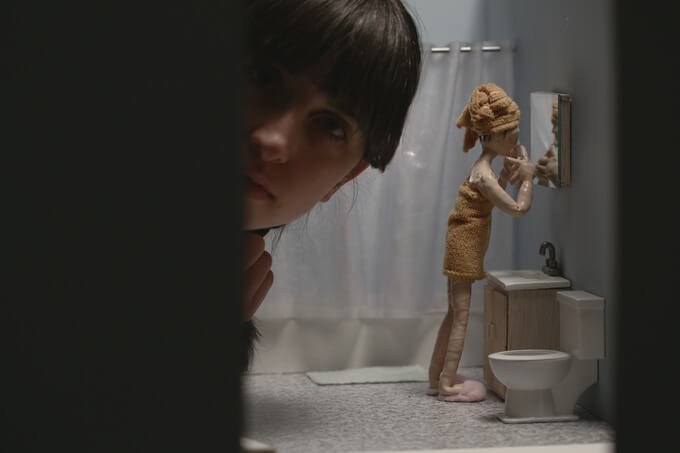
Photo credit: Emily Ann Hoffman
Was there a specific origin point for the film?
The first seed of the idea for it was that I was in a long-distance relationship, and we had this conversation about blackheads (like what is in the film a bit), where I wanted to pick at his blackheads and I had never wanted to do that with anyone else before. I thought that was gross and I didn’t understand the appeal, and then I was like, “I guess I must really love you to want to do this!” Then he had to go the next day back home, and he was talking about how, “It’s not very good for you to want to pick at these blackheads,” and I found myself picking my own after he left. It was almost a petty, spiteful thing I was doing because I was, like, “You’re not here! And I miss you, and I’m allowed to do this while you’re not here!” It didn’t necessarily make any sense logically, but I thought that was funny and I wanted to examine that, further.
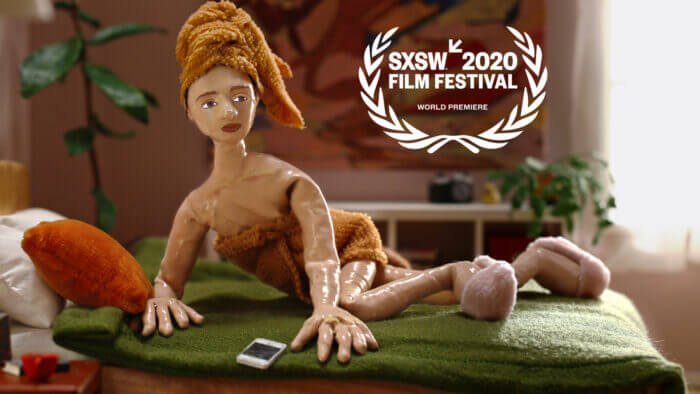
Blackheads (2018)
Dir. Emily Ann Hoffman
I noticed the little details like sitting on the bed in your towel, not wanting to get out of your towel because you feel so imprisoned in your own anxieties. Have you received any feedback from people, especially women, on how this film has reflected themselves?
Yeah, I think this film either really strikes people, or they’re like, “Okay.” It’s more exciting if it strikes you, because you feel like they’ve had similar experiences. But I will say it’s unfortunate because we were supposed to premiere in March at SXSW, that was obviously cancelled. So we’ve only really had online screenings. I’ve had some really nice people reach out online, but I haven’t gotten to have as many in-person reactions with viewers as I would like. It’s too bad.
There’s an unfair association with stop-motion animation; going back to my childhood watching old episodes of Sesame Street or the TV film Rudolph the Red-Nosed Reindeer, that it’s all upbeat, uplifting material. But your film is poignant, personal. It’s a bit jarring to see these two [elements] collide. Has anyone ever told you that?
People often ask me why I animate my stories, because they are pretty humanistic and there’s a thinking of, “You didn’t have to do stop-motion.” I think why I like to combine is because you’re used to seeing animation used in another way, I think it can be helpful in disarming the audience and opening them up, unknowingly, to a kind of vulnerable story. I also like to deal with subjects around the physical body, and certain things could be too gross or too risqué to deal with real people. With stop-motion, I can get away with showing a pimple popping in a way that’s less revolting or repulsive to my audience than if it was “real.”
Speaking of stop-motion appealing to a younger audience, as a medium, your material isn’t really intended for (or aimed at) youngsters. Or is it?
I like that it appeals to young people and talking about teenagers; I don’t think a ten year-old would enjoy my films, but that’s also really exciting to me when someone in that age range reacts to the films. I think that those age groups aren’t always taken seriously, but they have real emotions and experiences, and some of them have been through what I’m discussing. I think they appreciate that they’re being taken seriously, that the film is allowing them to be part of the conversation, and seeing a medium they may be more familiar with subverted to reflect more of their experiences.
So the medium is like an acknowledgment.
Yeah, I think so. In some ways. I want to keep using stop-motion because it’s my artistic medium of choice for a number of reasons. I can continue to push the envelope of what people expect out of it. I think audiences, everyone is smarter than what they give them credit for. Whatever their age is.
You seamlessly use puppets and standard animation. Do you find that one medium is more time-consuming than the other in terms of creating a finished product?
All animation is kind of a pick-your-poison thing, there are different elements that are difficult with it. Stop-motion is more work up top, or a little bit harder because of the tedious act of animating it; you have to make everything from scratch. Everything you saw was handmade. That, itself, took us at least a month. The hand-drawn sequences, that was the first time I had incorporated that into one of my own films, so that was a learning experience for me. Certain things took me by surprise. The animators I worked with were really talented, Abigail Austin and Marisa Gershenhorn, and they had a bit more experience with 2-D animation, so it was great to work with them. They were able to show me some tips and techniques that they enjoyed doing to speed that along.
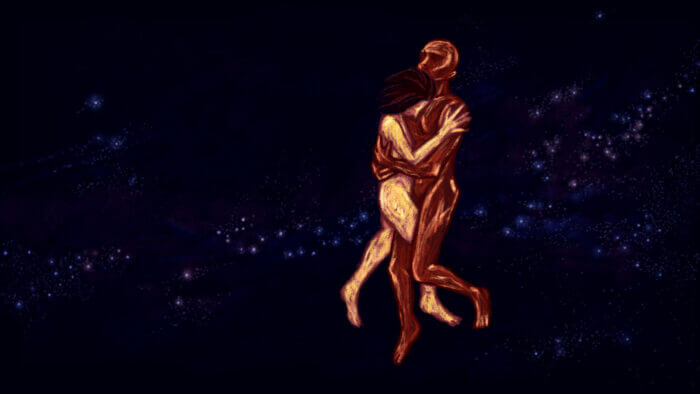
Blackheads (2018)
Dir. Emily Ann Hoffman
As a filmmaker, you seek out audiences for your films, and yet some of the best filmmakers just make the films they’re meant to make. If a younger filmmaker were to approach you with this in mind, what would you want them to know?
I think that when you try to make a film for someone else, it usually doesn’t feel authentic. With my own work and with watching other people who I think want to make something meaningful so badly that they overshoot and making something they’re not in touch with at all, it feels inauthentic. Selfishly, I make movies for me. I make movies I want to see, stories that I wish I had seen in animation. I think there’s a lot of people like me, so I think other people like it! With that, give your own stories enough value and understand that the story that you want to tell is valuable. Go with your gut.
Click here to watch Blackheads in its entirety, presented by MailChimp Presents SXSW 2020 Shorts


